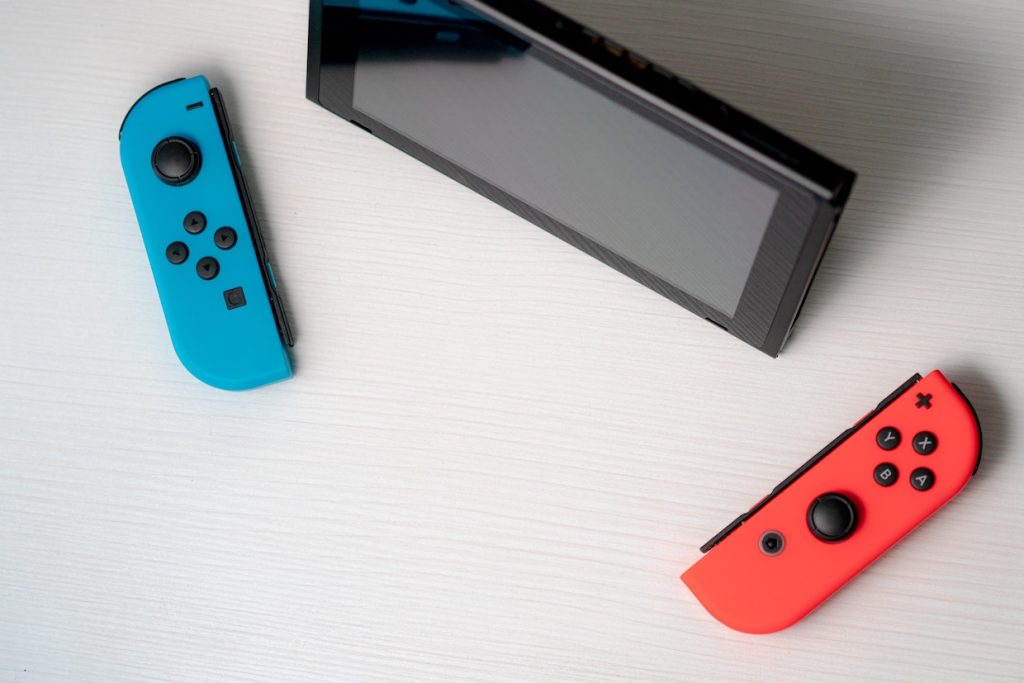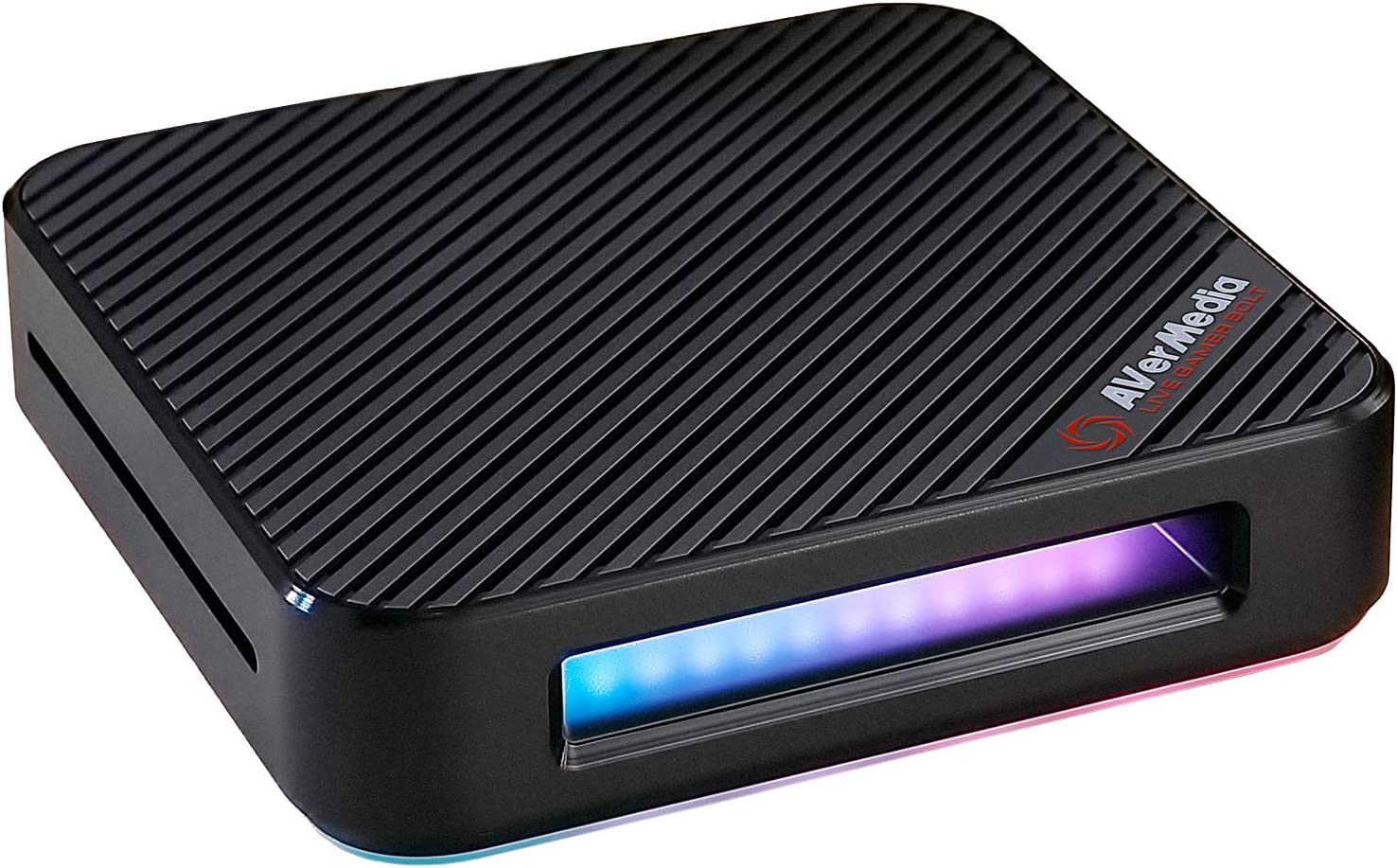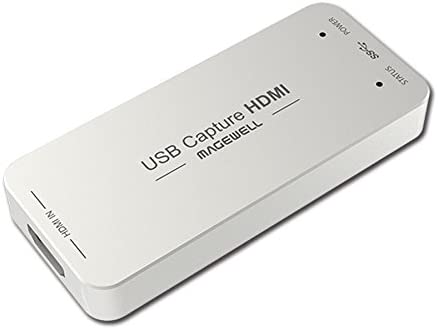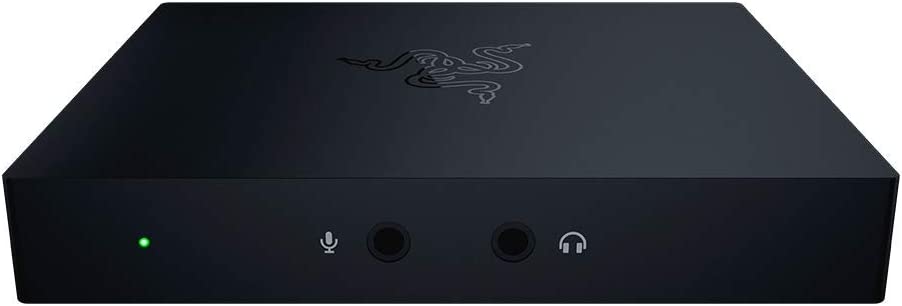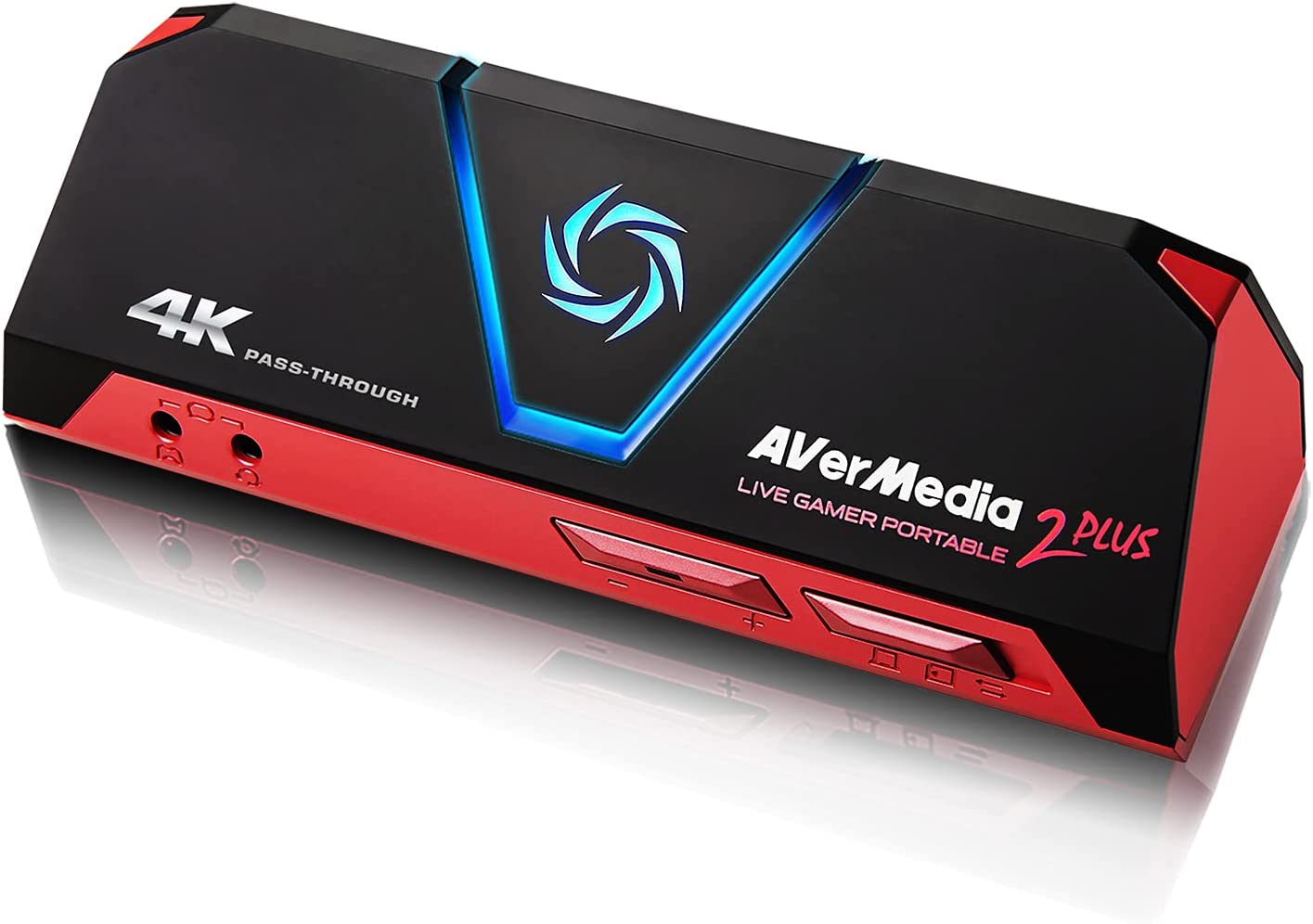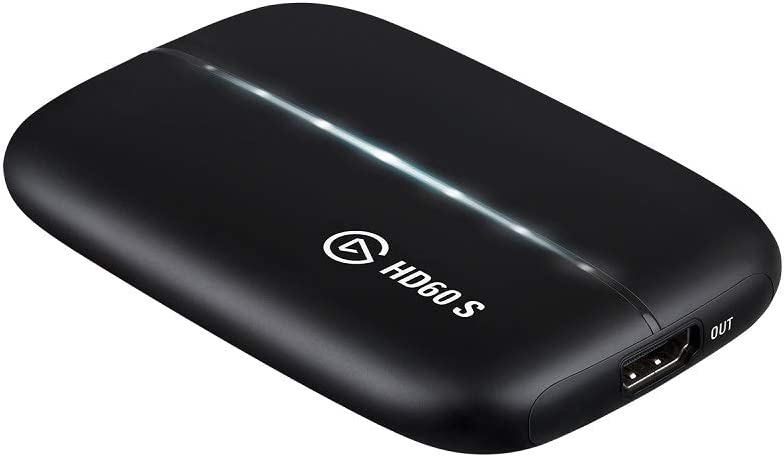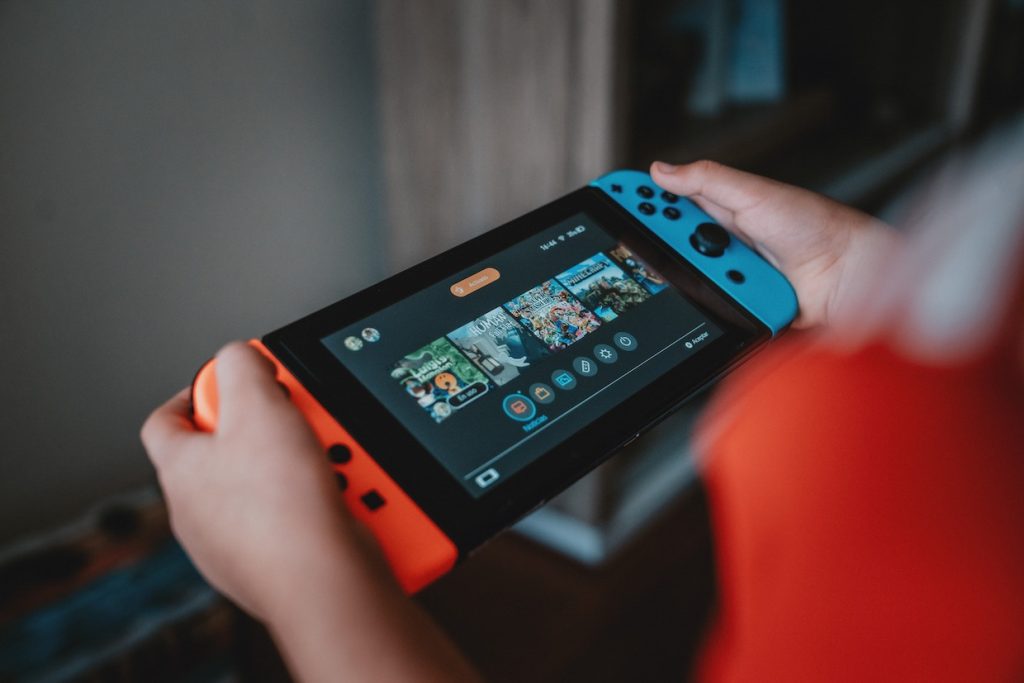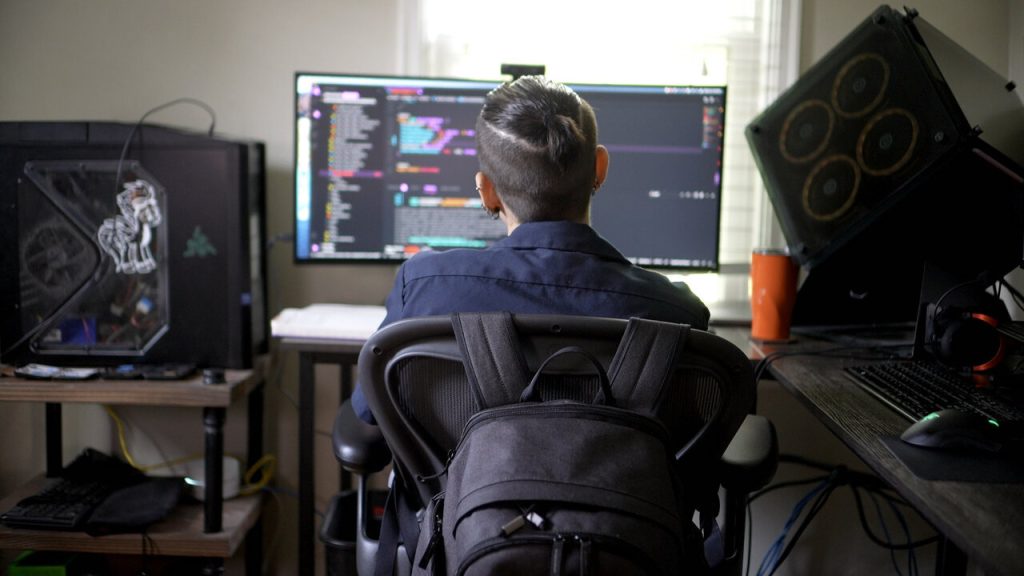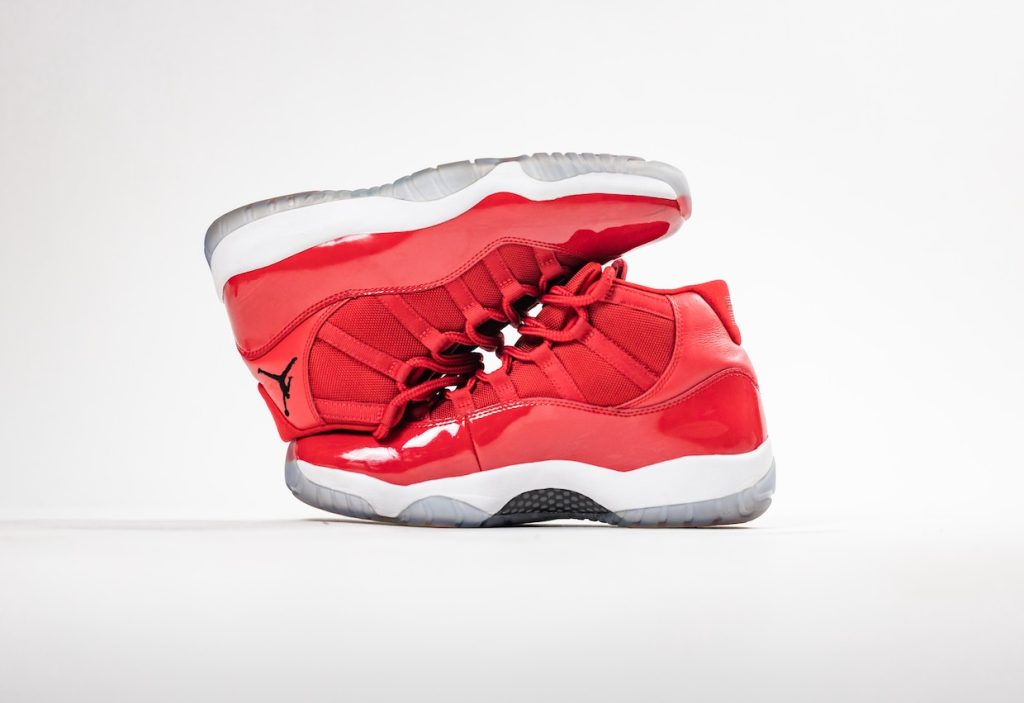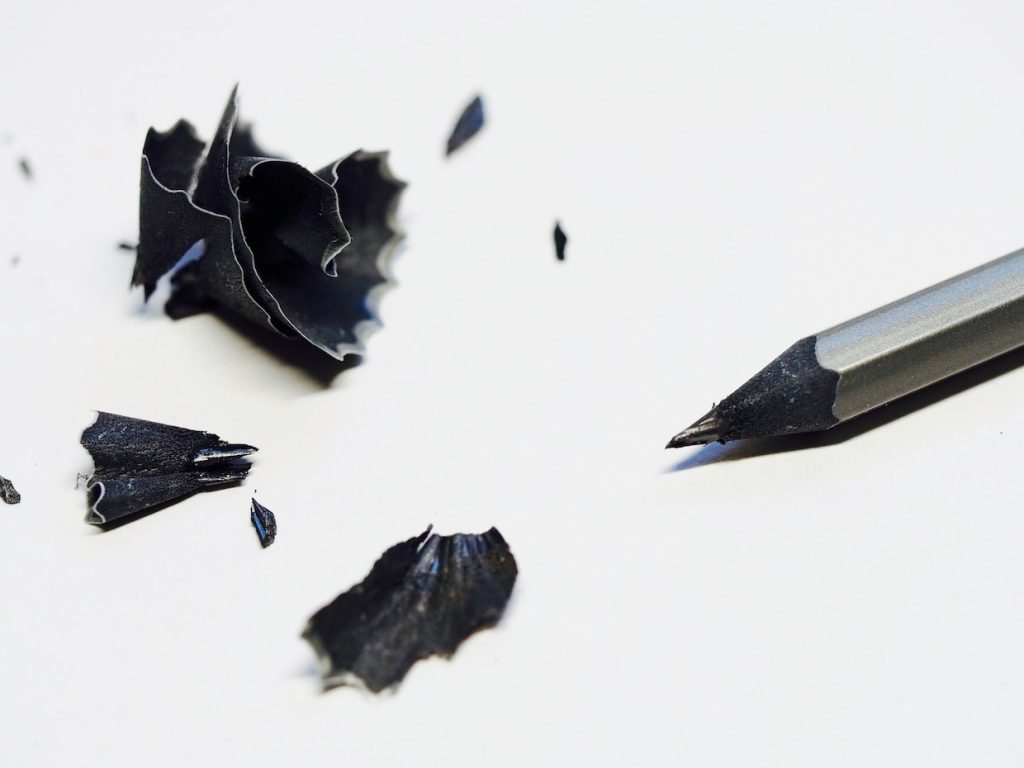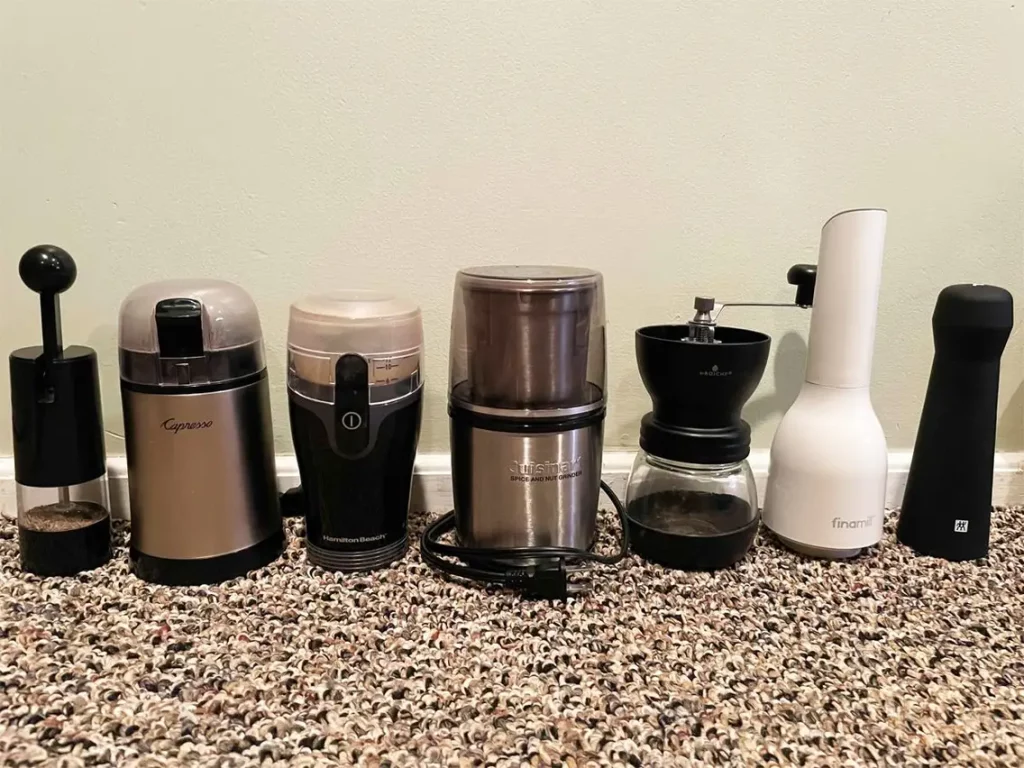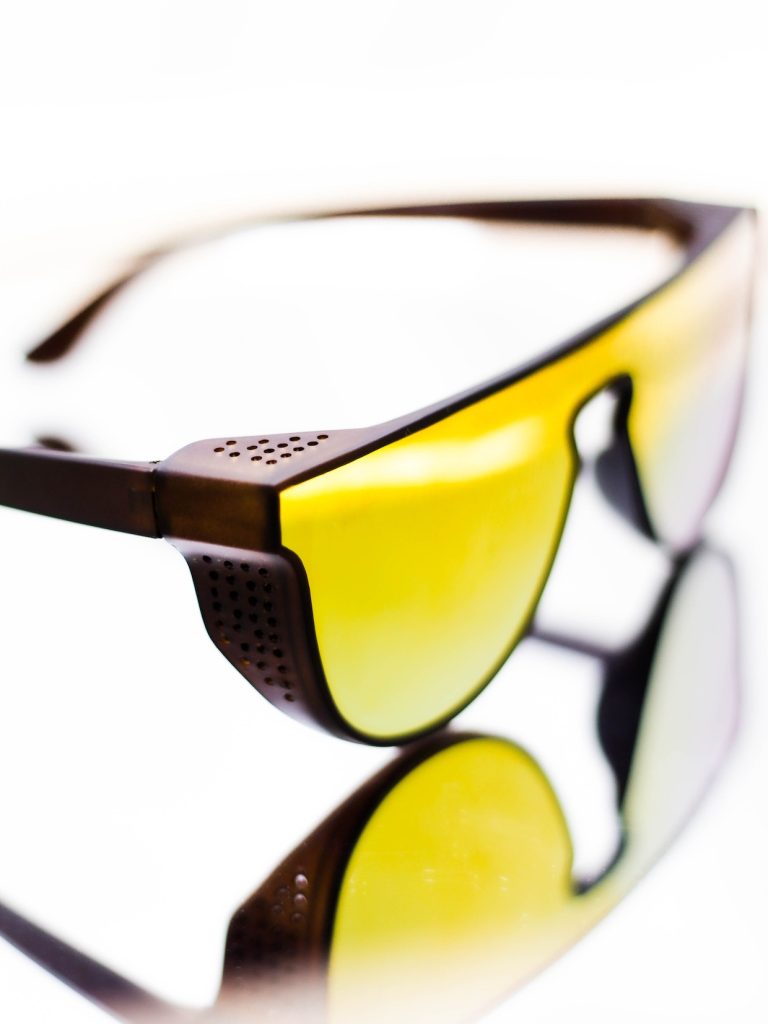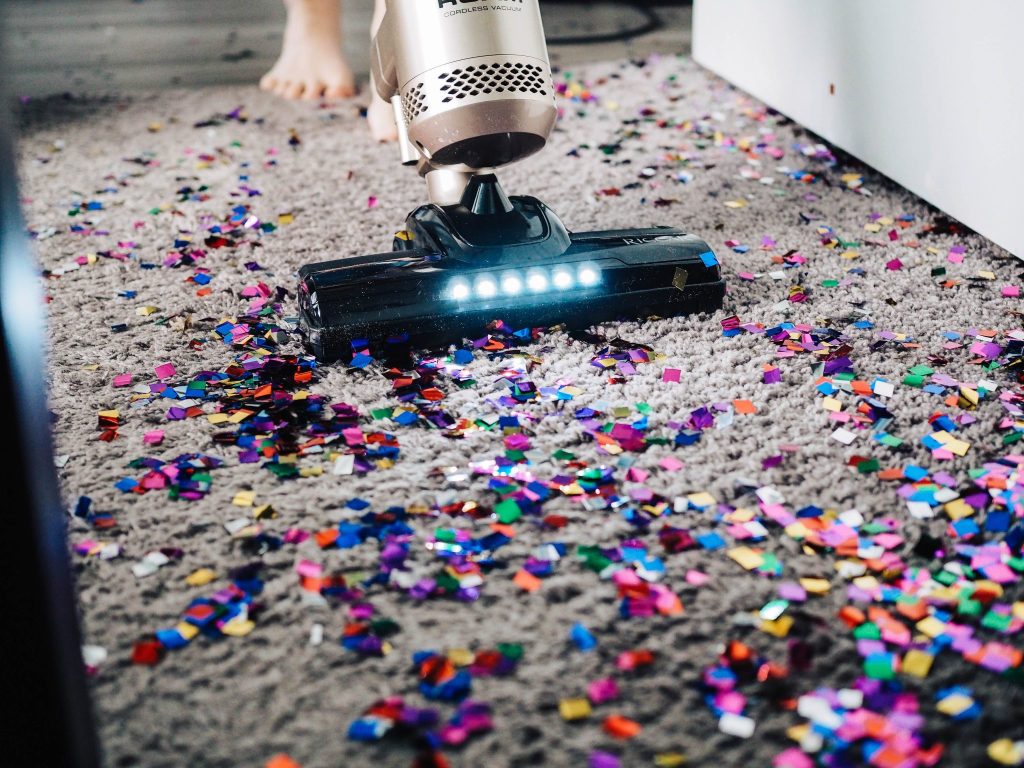Compatibility
Check to see if the capture card you’re thinking about buying will work with the Nintendo Switch model you have. Check the manufacturer’s specifications to ensure compatibility because some capture cards may require a particular model or firmware version.
Connectivity
Search for a catch card with high-velocity network choices, for example, USB 3.0 or Thunderclap 3, to guarantee smooth information move and low dormancy. The quality of your recordings and broadcasts might be affected by the length of time that occurs between your gaming and the recorded video, therefore low latency is crucial.
Frame rates and resolution
Choose a capture card that can handle your gameplay’s frame rate and resolution. The best capture card for the Nintendo Switch is one that can play 1080p footage at 60 frames per second (fps). If you want to record gameplay from another device, like a PlayStation or Xbox, you might need a capture card that can handle higher frame rates and resolutions.
Software
Check to see if the capture card comes with software that makes it simple to record and stream your gameplay. Live streaming, custom overlays, and editing tools are all things to look for. Additionally, some capture cards come with companion apps that let you modify recordings and control settings from your mobile device.
Sound quality
Check to see if the capture card is capable of recording high-quality audio from your gameplay as well as any other audio sources, such as the gamepad or microphone. Some catch cards offer various sound sources of info and blending choices, permitting you to tweak the sound equilibrium between your accounts and streams.
Portability
If you intend to use the capture card on the go, think about its size and portability. For mobile setups, a lightweight and compact option like the AVerMedia Live Gamer Portable 2 Plus might be better. However, when compared to larger, desktop-oriented capture cards, keep in mind that portable options may sacrifice some performance or features.
Price
The cost of capture cards can vary greatly, with higher-end models offering better performance and features.
Reviews
To get an idea of the capture card’s performance, dependability, and ease of use, look at customer ratings and reviews. Look for reviews that talk about the capture card’s strengths and weaknesses, as well as any compatibility or setup issues users might have had.
Latency throughput
Going through dormancy alludes to the time it takes for the caught video to be shown on your television or screen. A high-go-through dormancy can cause observable slack between your interactivity and the caught video, so search for a catch card that offers low-go-through inertness for smooth and consistent recording.
Support for multiple inputs
Look for a capture card that supports multiple inputs if you intend to capture gameplay from multiple devices, such as a gaming PC or PlayStation. The availability of up to four input channels on some capture cards makes it simple to switch between various devices.
Method of recording
Check the recording format that the capture card supports because it may affect how well it works with different video editors and software. MP4, AVI, and MOV are some common recording formats.
Encoding in hardware
Some catch cards offer equipment encoding, which offloads the video encoding process from your computer chip to the catch card’s underlying equipment. Although it may come at a higher cost, this has the potential to boost performance and lessen system load.
Warranty
A capture card with a strong warranty and customer support can give you peace of mind and help if something goes wrong. For more information regarding the warranty and support policies, visit the manufacturer’s website.
